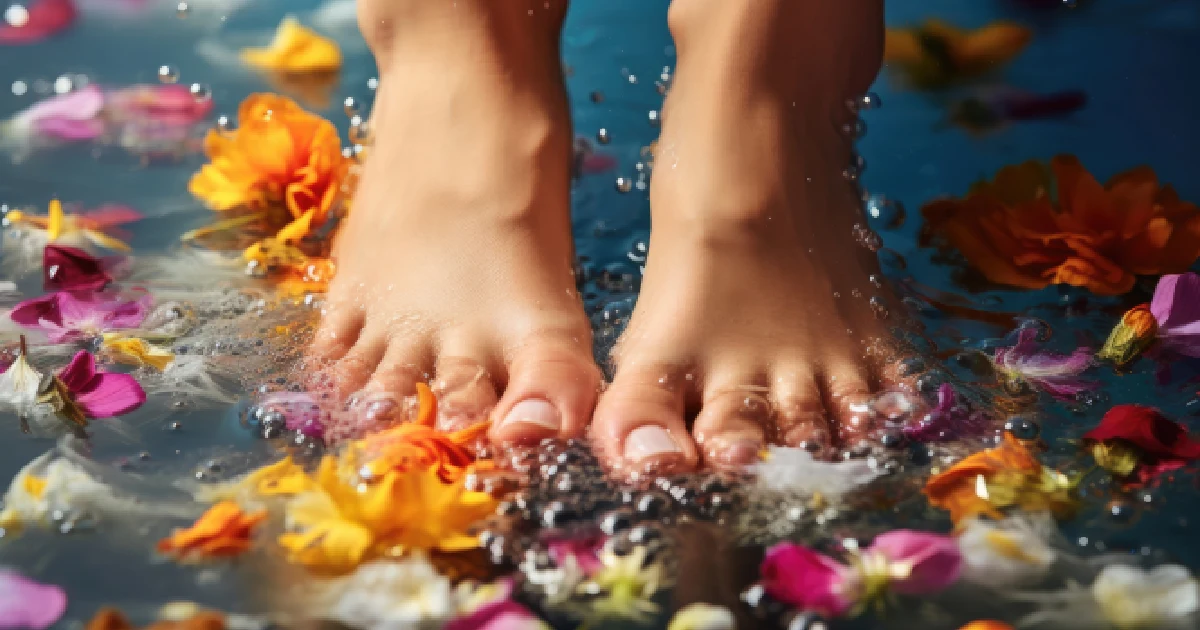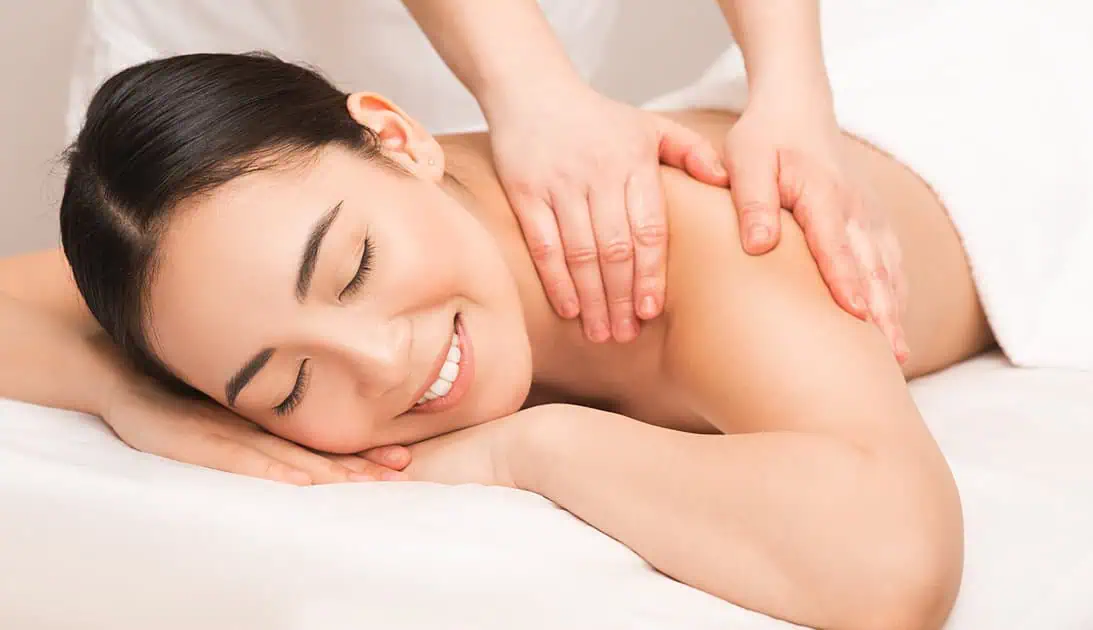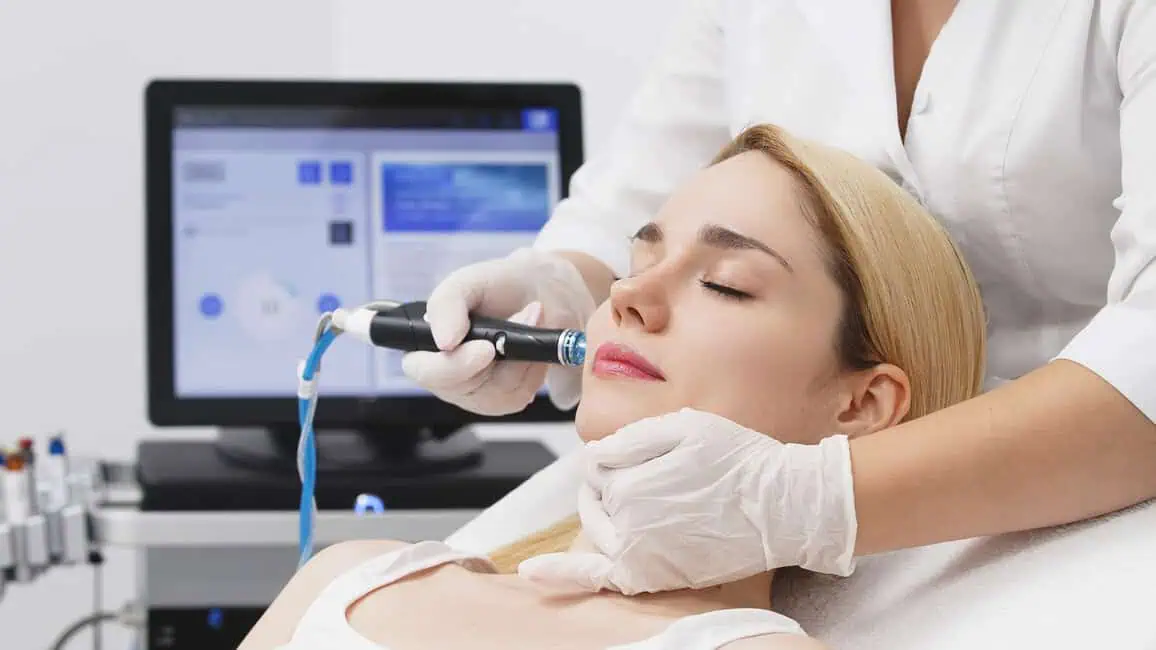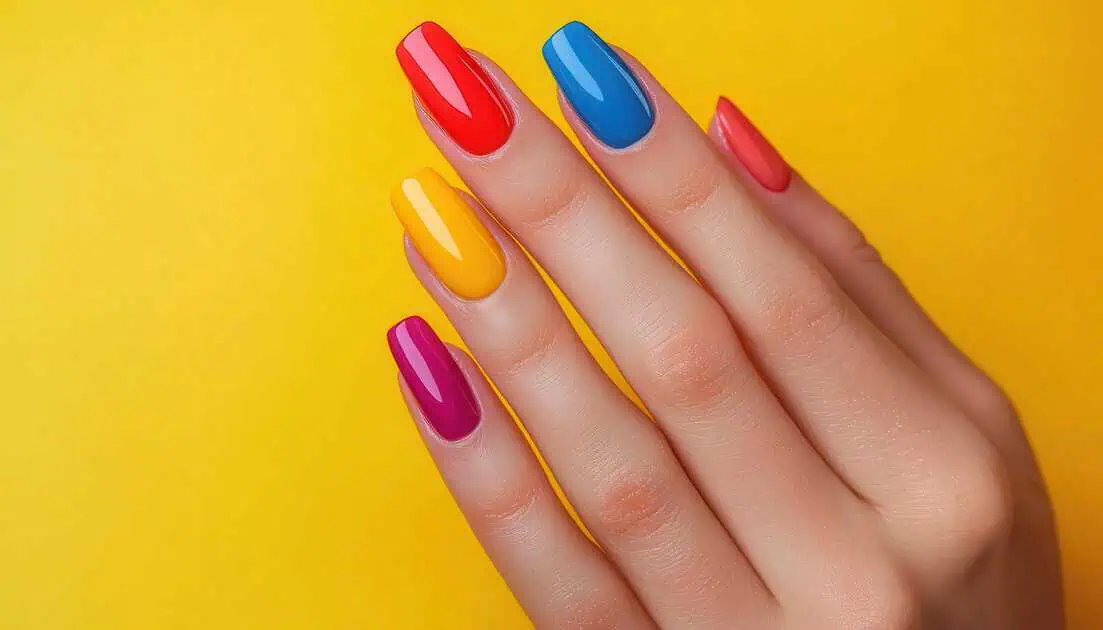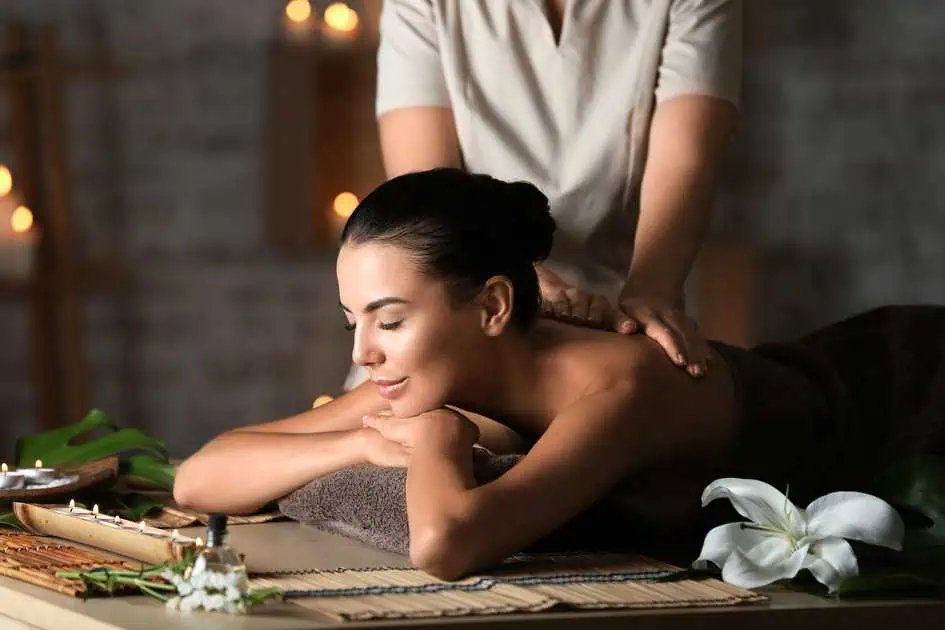A state of meditation is frequently sparked by taking a bath as a gentle gesture of self-care. It’s an opportunity to disconnect from the outside world and unwind while the water pampers and soothes your body. A short bath may be a potent healing aid on the physical and spiritual levels when taken with awareness and mindfulness. Take a little trip through history and worldwide if you need assistance implementing a more conscious approach to bathing.
Bathing is a tradition practiced for generations as a form of self-care and a right. There is a common theme of intent and purpose throughout all cultures, even if each has its unique bath ritual and explanation of the washing and cleaning process. A relaxing bath is an ideal moment to reflect. You can get perspective and wash the bad stuff down the drain during your bath ritual.
Here are six bath rituals from around the world to learn about a culture’s history, religion, and customs.
1.The Balinese Floral Bath
You’ve probably seen pictures on Instagram where a gorgeous flower petal garden covers the entire bath. Or you’re hungry, and, from a distance, it resembles a pizza.
In any event, a long-standing custom of Balinese culture is the Balinese flower bath. This bath ritual’s goal is to give you a delightful blend of sensual experience and all the scents and therapeutic oils of the flower petals absorbed onto your skin. Additionally, this therapeutic service aids natural skin healing and reduces tension and weariness.
Flower baths are a typical component of Lulur, a traditional cleaning practice used for the first time by Javanese royalty in the 17th century at spas all across Indonesia. Bathers scrape their bodies with a paste made of rice flour, saffron, and other spices before soaking it all off in the flower-filled water.
2. The geothermal pools in Iceland
Bathers in Iceland’s geothermal pools can benefit from the milky, mineral-rich, and brilliantly blue spring water’s positive effects on their skin and circulation. The mud, however, is an essential component of many Icelandic springs. Bathers can scrape the silica-rich algae straight off the pool bottom at natural spring locations. In contrast, mud is accessible in tubs in artificial pools (such as the renowned Blue Lagoon, which draws recycled water from a nearby geothermal power station). It has skin-exfoliating and anti-inflammatory characteristics that, when applied to the face and body, become even more potent after bathing in the pleasantly warm spring water.
3. The Onsens of Japan
Onsen is a hot spring bathing facility found throughout Japan. The Japanese word “onsen” literally translates to “hot spring.” Fun fact: With over 27,000 hot springs, Japan is regarded as the hot spring capital of the world.
Public onsens, or hot spring pools, have been used as social meeting places since the eighth century. Onsens that are privately owned are also more popular than before. A natural onsen must be naturally occurring (the consequence of volcanic activity) and have geothermal water that is at least 25°C (77°F) in temperature. Regardless of how an onsen is experienced, there are several physical and mental benefits, including improved blood circulation, less muscular tension, reduced joint pain, and perhaps even a better night’s sleep.
4. The ayurvedic bath in India
Ayurveda, an ancient Indian holistic health method, places bathing at the center of its approach to mind, body, and spirit harmony. Based on the idea that everyone belongs to one of the three doshas—Kapha, Pitta, or Vata—an ayurveda bath is all about restoring balance in the dosha. Bathers immerse in water filled with essential oils, milk, and herbs specific to their dosha and skin requirements after rubbing sesame oil onto their skin.
While rose and “cooling” herbs like mint and coriander can soothe a worried Pitta and clear sebum from clogged pores, rosemary, basil, and a scoop of mustard powder will rev up a Kapha’s sluggish energy reserves. Meanwhile, frankincense, sweet orange mixed with rice starch, and powdered milk can calm a Vata and smooth their skin.
5. The banya in Russia
The banya is equivalent to the steam room in Russia. The banya has been around for at least a thousand years in a specific shape or form. Many Russians say that going to the banya is the only way to truly clean oneself because showers and tubs clean the skin on the surface while the banya opens the pores and detoxifies the body.
Beyond the beautiful felt bonnets worn inside to prevent overheating, the main distinction between a banya and a conventional steam room is that, to promote blood flow, bathers in a banya brush and strike their skin with dried white birch, oak, or eucalyptus branches.
6. Thalassotherapy
The use of seawater and seaweed in a therapeutic ritual is known as thalassotherapy. Thalassotherapy is a prominent component of spa offerings in Greece and Portugal. However, according to some accounts, it was initially created in French coastal cities in the 19th century. However, other sources contend it was essential to Roman bath culture.
In any case, the goal of thalassotherapy is to use the magnesium, potassium, calcium, and iodide trace minerals present in salty seawater. This therapy, typically used in areas with a marine environment where sea water can be obtained locally, can enhance circulation, joint discomfort, high dosages of nourishing minerals, reduce muscular tiredness, and improve skin problems.
What are the bath rituals at Sego Lily Spa?
Our bath rituals will offer a priceless haven from the stresses of everyday life. Relax and renew your body, mind, and spirit in soothing waters. Sometimes you need a quiet area to reflect and contemplate after having a difficult day. Allow the water to flow around you so that you may pause for a while and consider your options.
Take the necessary steps to unwind and regenerate, then cleanse any negative energy out of your system. A ritual bath purifies both the body and the soul. Try to relax, refocus, and think of more remarkable things.
Here are two of the available treatments for our bath rituals at Sego Lily Spa:
Soothing Soak
Relax in our spacious soaking tubs with our locally-sourced bath fizz, which contains Shea Butter, Hyaluronic Acid, Trace Minerals, Himalayan Salt, and salt from our own Great Salt Lake. Moisturize and cure your skin while doing so.
Couple’s Soak
While unwinding in our spacious soaking tub for two, moisturize and cure your skin while enjoying a bottle of fantastic sparkling cider and local Utah goodies. Our locally produced bath fizz contains Shea Butter, Hyaluronic Acid, Trace Minerals, Himalayan Salt, and Salt from our own Great Salt Lake.
Indulge yourself with a bath ritual.
It’s incredible how a single word like “bath” can have so many depths and layers in our vast universe. According to the study, the healing from nature that different civilizations and geographical regions have been able to access locally distinguishes each bath ritual—much to consider and learn about.
Please book an appointment with Sego Lily Spa today and get a relaxing day with one of our bath rituals!

